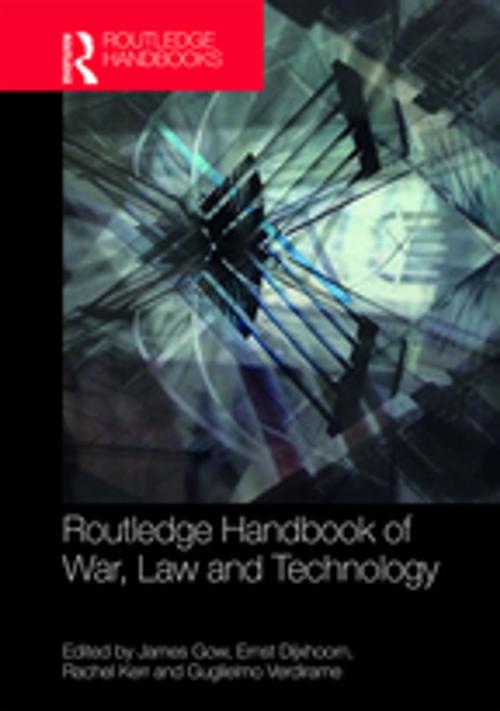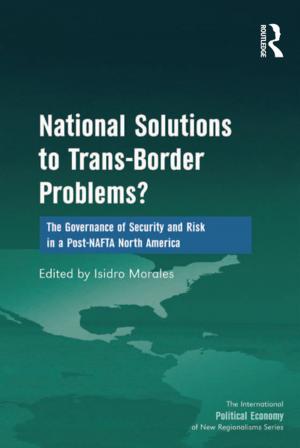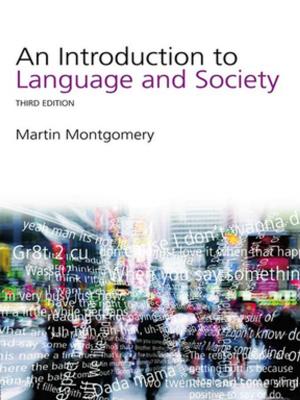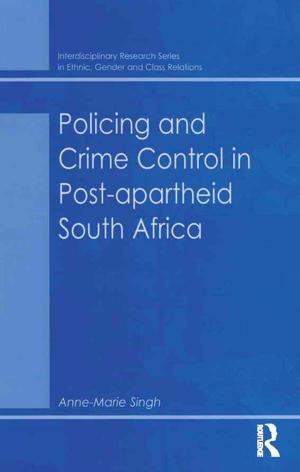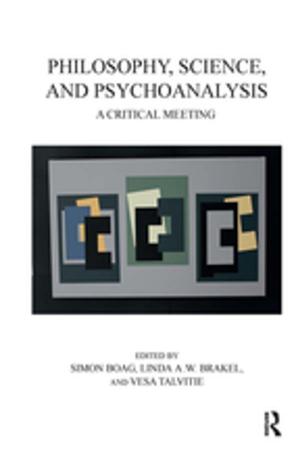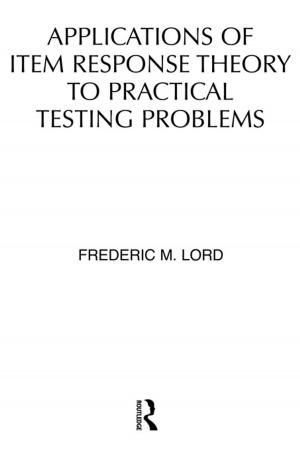Routledge Handbook of War, Law and Technology
Nonfiction, Social & Cultural Studies, Political Science, International, International Security, International Relations| Author: | ISBN: | 9781351619974 | |
| Publisher: | Taylor and Francis | Publication: | May 15, 2019 |
| Imprint: | Routledge | Language: | English |
| Author: | |
| ISBN: | 9781351619974 |
| Publisher: | Taylor and Francis |
| Publication: | May 15, 2019 |
| Imprint: | Routledge |
| Language: | English |
This volume provides an authoritative, cutting-edge resource on the characteristics of both technological and social change in warfare in the twenty-first century, and the challenges such change presents to international law.
The character of contemporary warfare has recently undergone significant transformation in several important respects: the nature of the actors, the changing technological capabilities available to them, and the sites and spaces in which war is fought. These changes have augmented the phenomenon of non-obvious warfare, making understanding warfare one of the key challenges. Such developments have been accompanied by significant flux and uncertainty in the international legal sphere. This handbook brings together a unique blend of expertise, combining scholars and practitioners in science and technology, international law, strategy and policy, in order properly to understand and identify the chief characteristics and features of a range of innovative developments, means and processes in the context of obvious and non-obvious warfare. The handbook has six thematic sections:
- Law, war and technology
- Cyber warfare
- Autonomy, robotics and drones
- Synthetic biology
- New frontiers
- International perspectives.
This interdisciplinary blend and the novel, rich and insightful contribution that it makes across various fields will make this volume a crucial research tool and guide for practitioners, scholars and students of war studies, security studies, technology and design, ethics, international relations and international law.
This volume provides an authoritative, cutting-edge resource on the characteristics of both technological and social change in warfare in the twenty-first century, and the challenges such change presents to international law.
The character of contemporary warfare has recently undergone significant transformation in several important respects: the nature of the actors, the changing technological capabilities available to them, and the sites and spaces in which war is fought. These changes have augmented the phenomenon of non-obvious warfare, making understanding warfare one of the key challenges. Such developments have been accompanied by significant flux and uncertainty in the international legal sphere. This handbook brings together a unique blend of expertise, combining scholars and practitioners in science and technology, international law, strategy and policy, in order properly to understand and identify the chief characteristics and features of a range of innovative developments, means and processes in the context of obvious and non-obvious warfare. The handbook has six thematic sections:
- Law, war and technology
- Cyber warfare
- Autonomy, robotics and drones
- Synthetic biology
- New frontiers
- International perspectives.
This interdisciplinary blend and the novel, rich and insightful contribution that it makes across various fields will make this volume a crucial research tool and guide for practitioners, scholars and students of war studies, security studies, technology and design, ethics, international relations and international law.
